To get caught up on mental models (what they are and why we care), you can check out the opening of my last article.
DRIFTS
A Drift is a movement of relative intensity that can relate to any picture-making principle. Like most mental models, Drifts are best showcased and absorbed through examples. Let’s start by looking at a Drift that occurs frequently in the real world.
Notice how bright the light appears on the model’s shoulder. Now compare that to the intensity of light near her elbow; that’s a Drift (specifically, it’s a Drift in the values). Light tends to fall off like this on forms as they move away from or out of light, and my long-term teacher Brian Stelfreeze took to calling these movements Drifts.
The idea of “a Drift” stuck around because the word turned out to be so wildly applicable to a number of different picture-making principles. Light itself falls off in the way I’ve just described, but due to the way human eyes are structured much of what we see is also experienced as Drifts: color, contrast, detail, and all our other visual perceptions fall off gradually from the center of our focus toward our peripheral vision. Great picture-making is built around hijacking natural forms of perception, and using them to design and guide viewer experiences. Drifts make a lot of sense to incorporate, bringing along their easy sense of naturalism – but they can do even more!
The drift from darker, more desaturated tones on the left to warmer, lighter tones on the right gives this picture a great sense of direction and movement despite the largely still subject matter. Notice also how the Drift lines up with the picture’s z-space orientation, helping to enhance depth.
This one is a bit more subtle, but squint at it and the Drift becomes obvious. Drifts like this which bloom outward rather than following a linear progression are great for centering focus and retaining interest in key areas. Here the level of detail and the lighting Drift together to great effect, with their shared crescendo occupying the painting’s center. This effect is crucial to the mesmerizing feeling of realism in Daniel’s wave paintings. Take a look at those background waves for proof; if they were more detailed they’d totally flatten the painting out and kill the illusion.
When exaggerated or combined with the right scene and subject matter these types of blooming Drifts feel quite a bit like spotlights, and give us that great horror feeling.
What else can we Drift? Everything!
You can Drift from warm to cool.
You can Drift from paint to lines.
You can Drift your line weight.
You can Drift your edges.
You can Drift from recognizable to abstract. I think you’re getting the hang of it.
Most of these examples were chosen because their Drifts are readily apparent, but as you begin to hunt Drifts in the wild remember: the more advanced an artist is, the less perceptible their techniques can become. Check out the incredibly subtle symphony of skin tones and colors moving through this model, from her shoulder down through her legs – that’s a pretty sweet Drift.


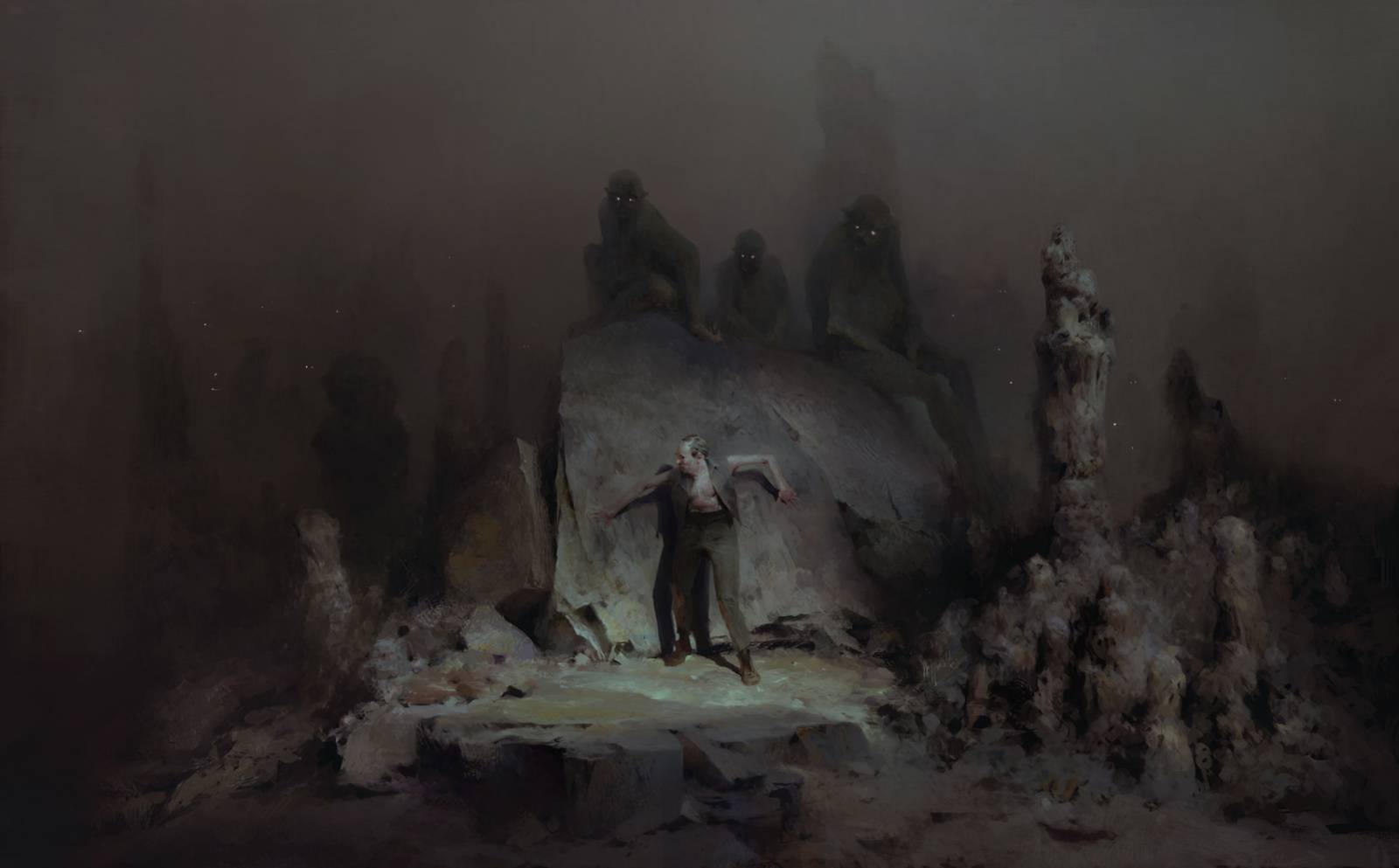
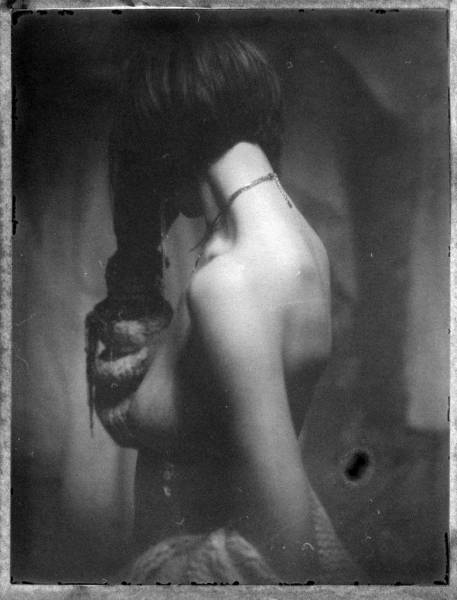

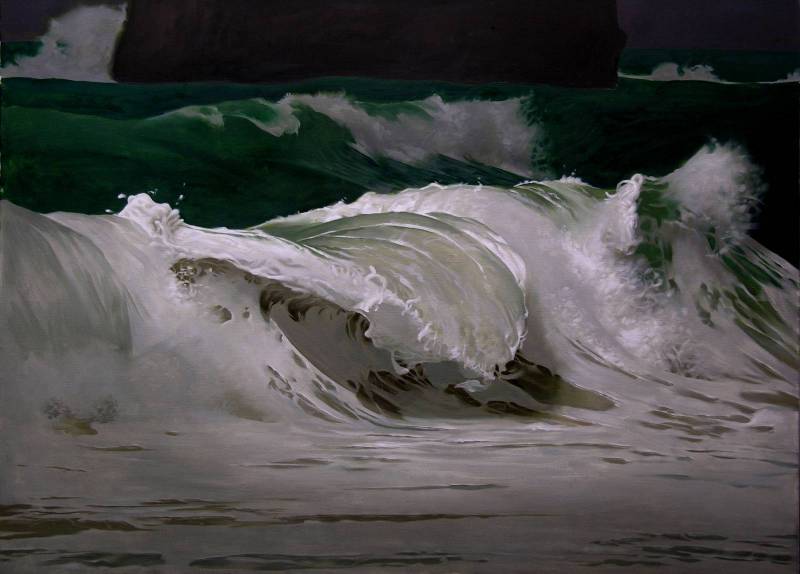



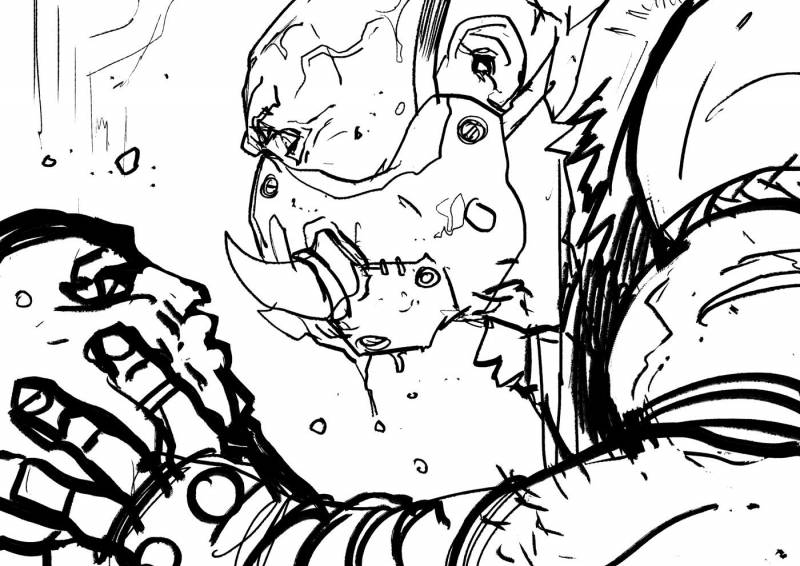
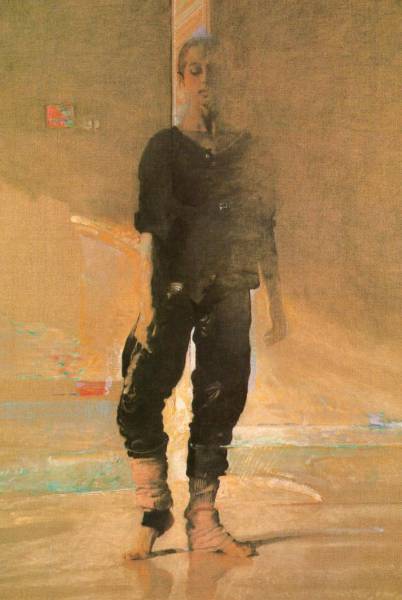

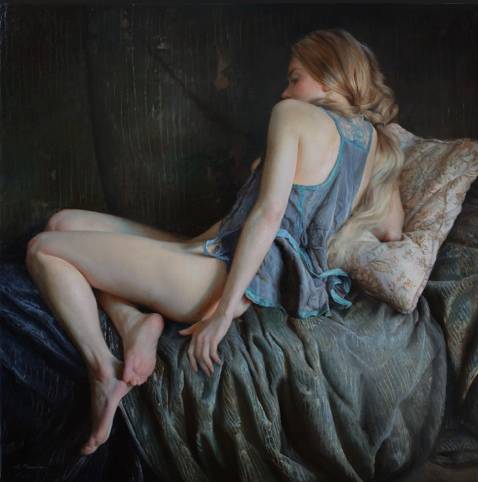
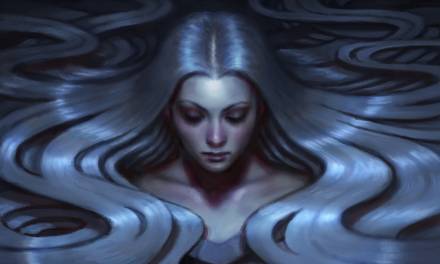
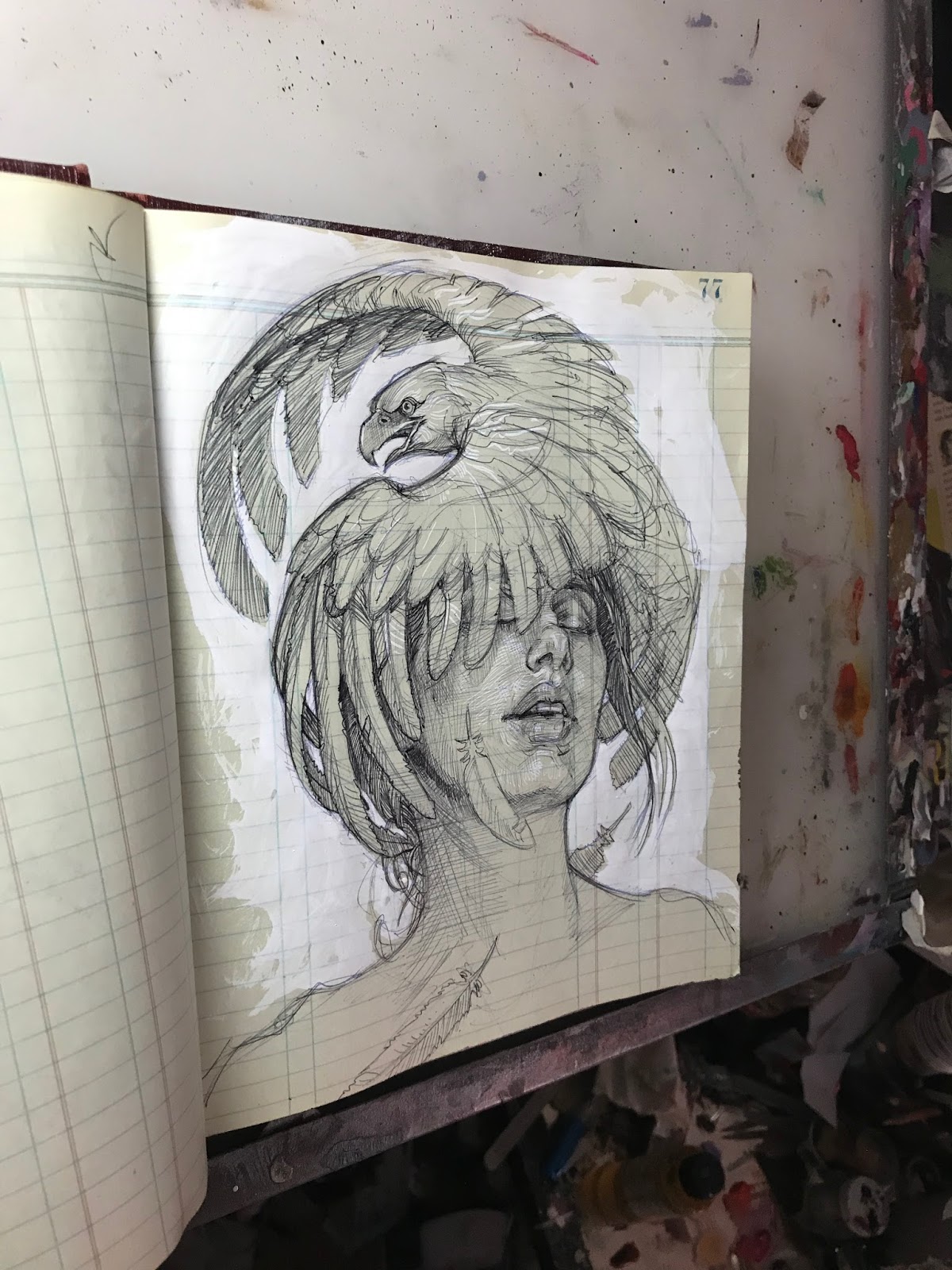
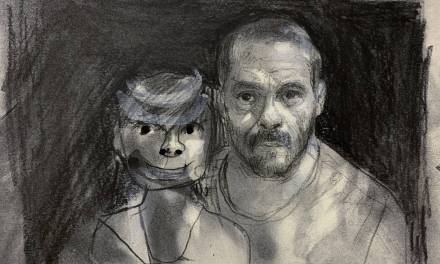
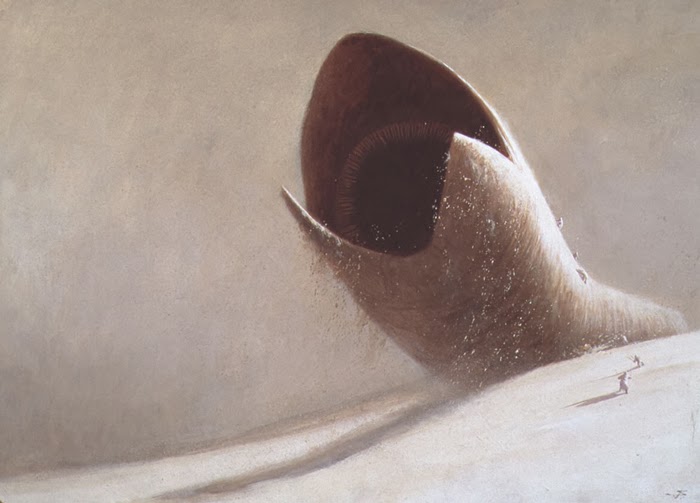
The concept of “Drifts” was a light bulb for me during my SmART School mentorship with Scott Fischer (though he refers to it as “Gradient Theory”). I started seeing Drifts everywhere. Great topic with so many permutations to explore. Thanks for all the interesting examples!